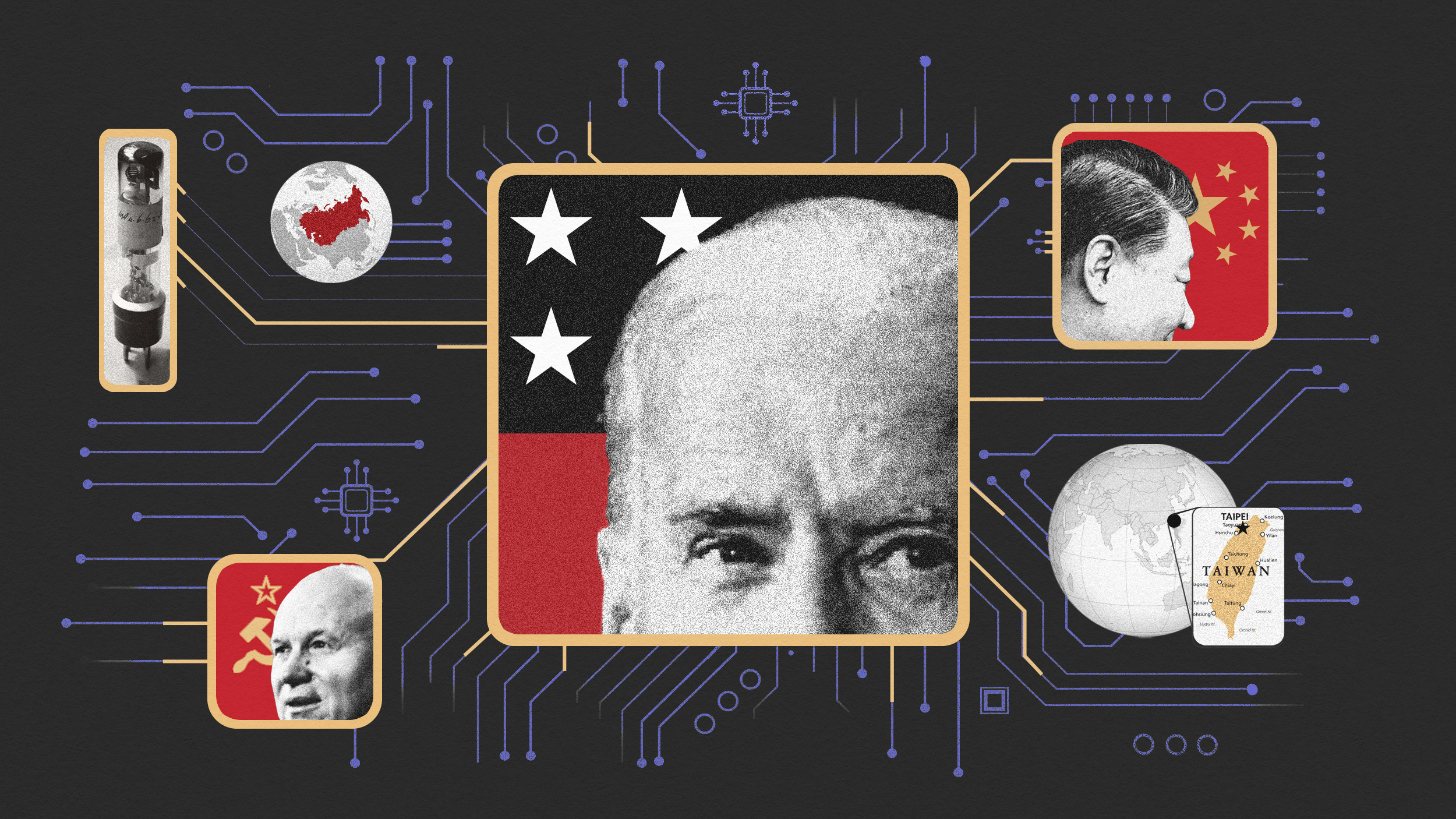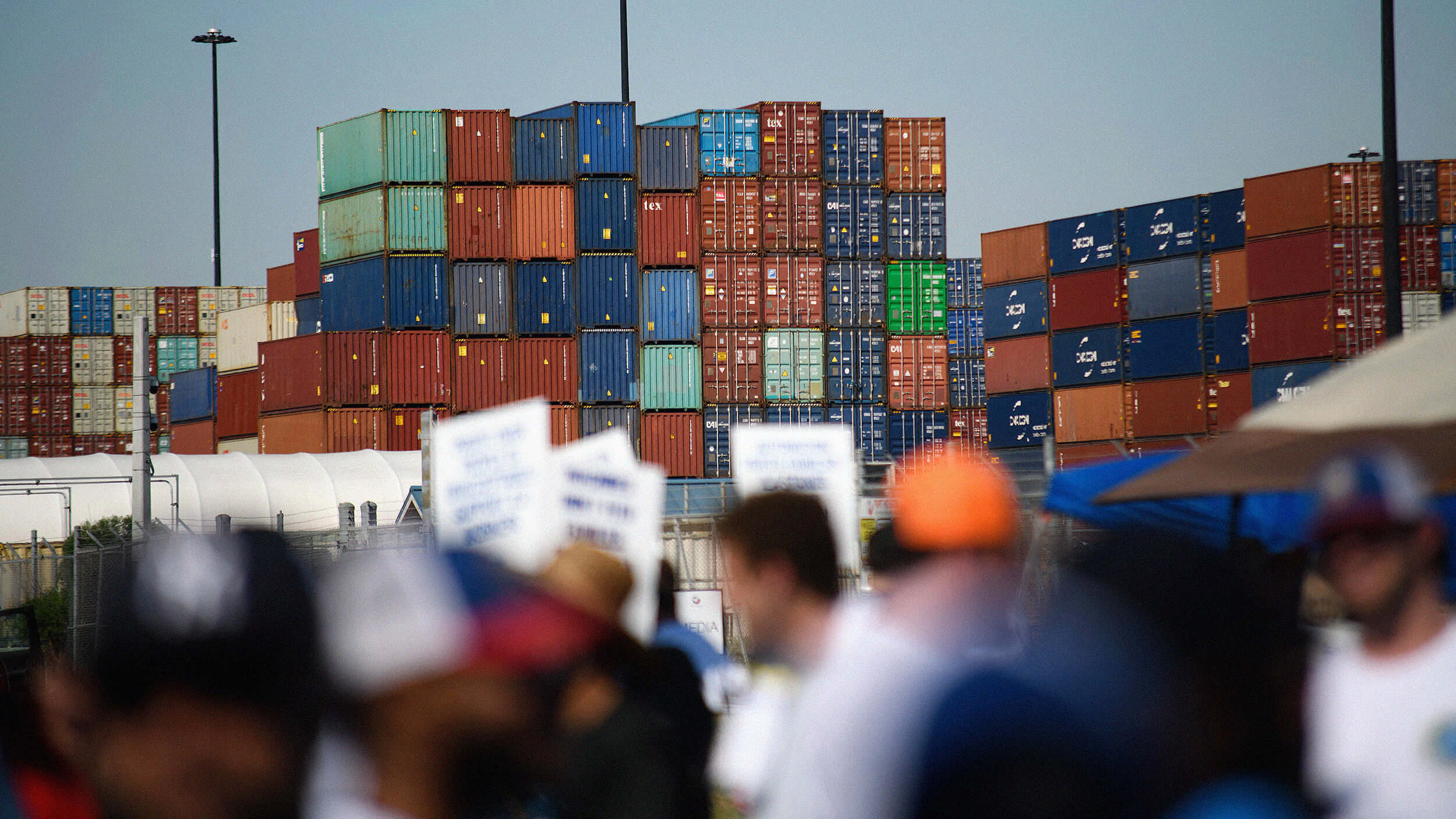America’s Jobless Future

Since its peak in 2007, the U.S. economy has lost almost 7 million jobs. Although the economy has begun to recover, jobs have been slow to return. Recent job growth has not been enough to keep up with growth in the country’s population. As Catherine Rampell’s comparative recession chart shows, this latest recession has had a deeper and more enduring impact on employment than any other economic downturn since the Great Depression. The official unemployment rate is still more than 9%. By the broadest measures about 16% of the civilian work force is underemployed. What if those jobs never come back?
It may not be surprising that the economy is taking so long to recover. The recent recession seems to be a classic example of a what Richard Koo called a “balance sheet recession,” in which a financial crisis wipes out assets in an already leveraged economy. Historically, recessions triggered by financial crises tend to be slower to recover, as institutions and individuals struggleto pay down large amounts of debt.
But there’s also evidence that the U.S. had already begun to undergo long-term structural changes before the recession began. As I wrote last week, even before the start of the recession, the economy was adding almost no new jobs. As Ezra Klein has pointed out, even before the financial crisis the U.S. economy was creating fewer jobs than in any other decade since the Great Depression. Jim Tankersley argues that even if there had been no recession, the economy would still have added 15 million fewer jobs than most economists expected. Not surprisingly, as Jared Bernstein says, the median income for American workers has fallen 7% in real terms since its peak in 1999. In fact, as David Wessel writes, only the 3% of Americans who have Ph.D.s or advanced professional saw their real earnings go up over the last decade. The other 97% of Americans saw their average earnings fall dramatically.
Now Daniel Little suggests that the “jobless future” that Stanley Aronowitz and William DiFazio predicted in their 1994 book of the same name may be here. As Little says, Aronowitz and DiFazio’s story seems to fit: new technologies have allowed firms to increase productivity without adding new workers; investment in our infrastructure has fallen; the economy has shifted toward the less labor-intensive financial and service sectors; and increasing competition from countries where labor costs are lower has caused jobs to move overseas. If Aronowitz and DiFazio were right, the jobs we lost aren’t coming back.
Consider, as Andrew Sullivan writes, that while innovative American companies like Apple create tremendous amounts of value for American shareholders, they primarily create jobs overseas where the iPods and the iPhone are actually assembled. Obama’s proposed new jobs bill would likely help reduce unemployment, but it probably won’t be able to change this long-term dynamic. In an excellent piece in The New York Times Magazine, Jon Gertner suggests that ultimately we may need to invest in reestablishing a labor-intensive manufacturing sector to make the next iPhone or its equivalent in the U.S. But manufacturing in the U.S. no longer has the advantages it once did. The truth may be that the conditions that allowed the U.S. economy to continuously create good new jobs may be over for good.
Photo credit: Carlos D. Rivera





